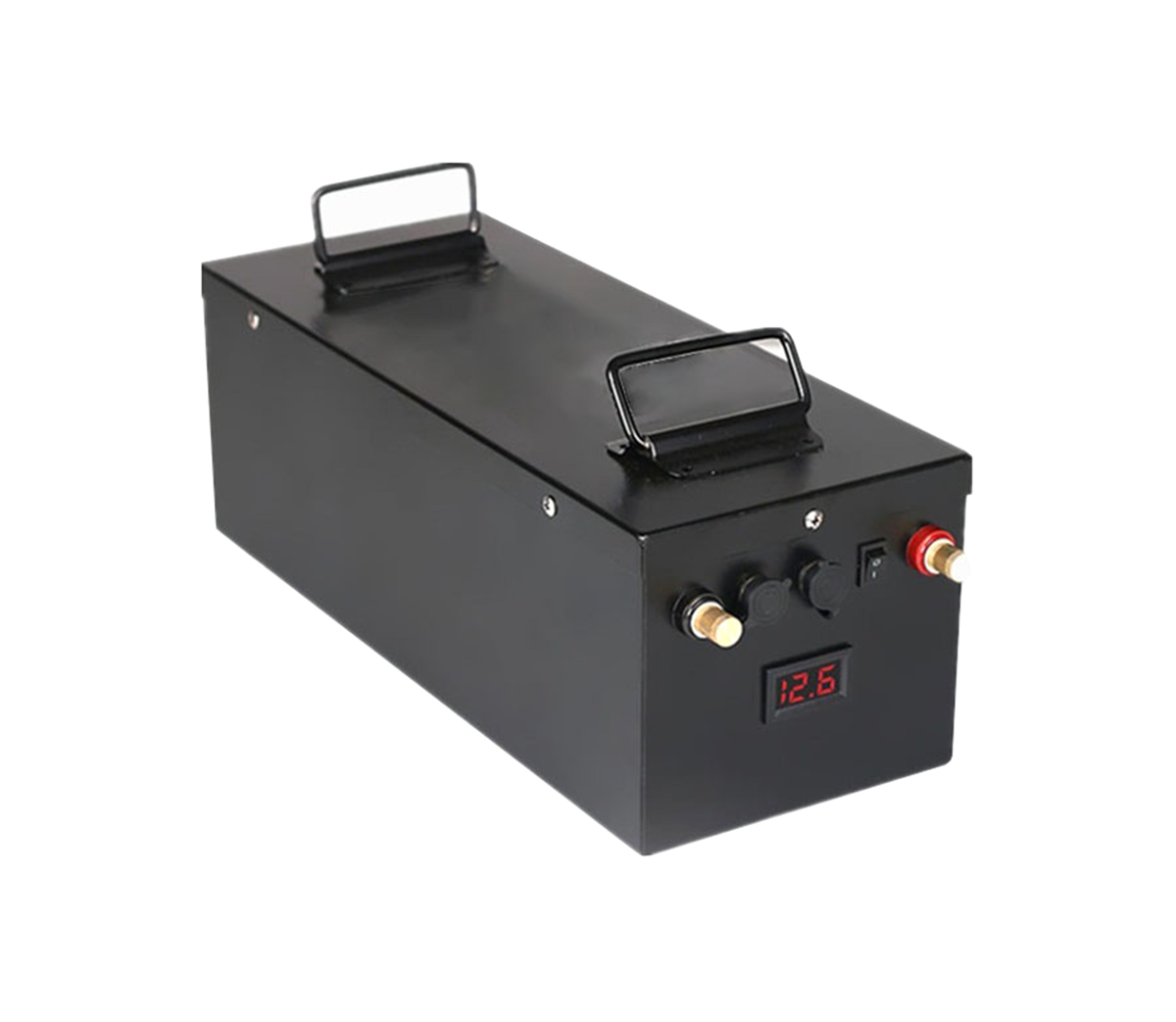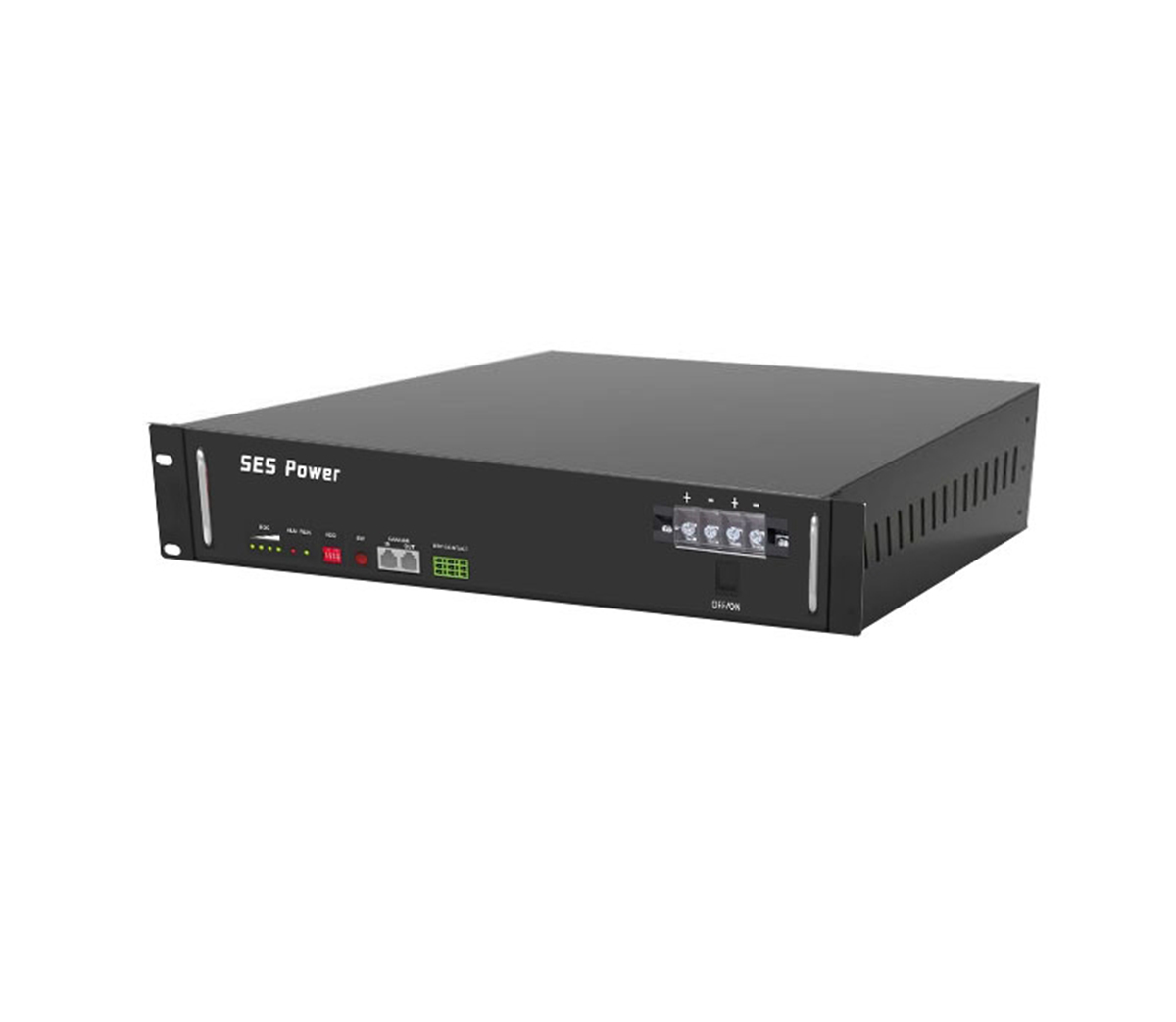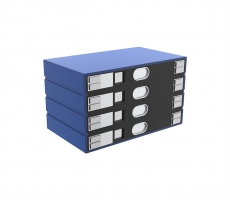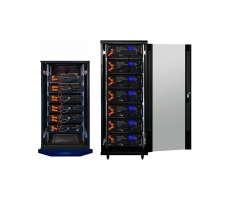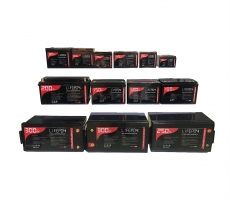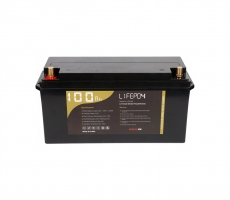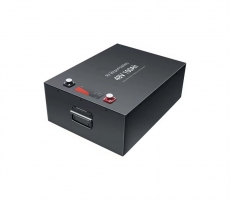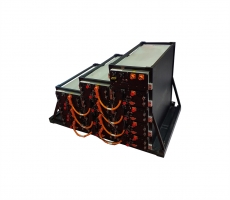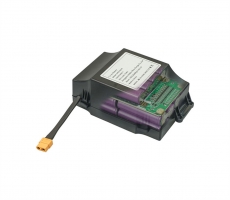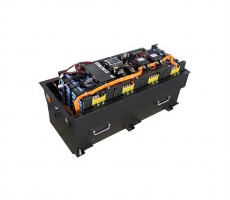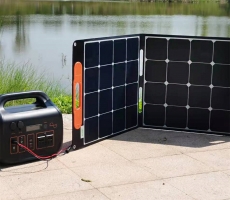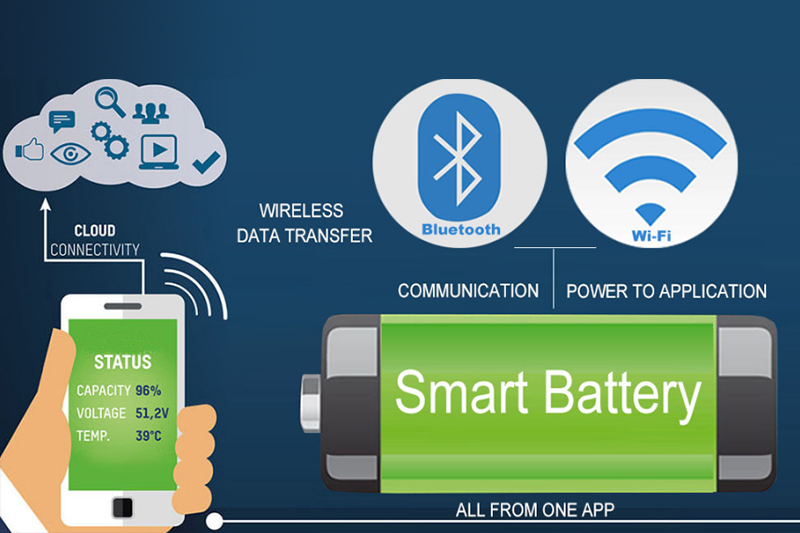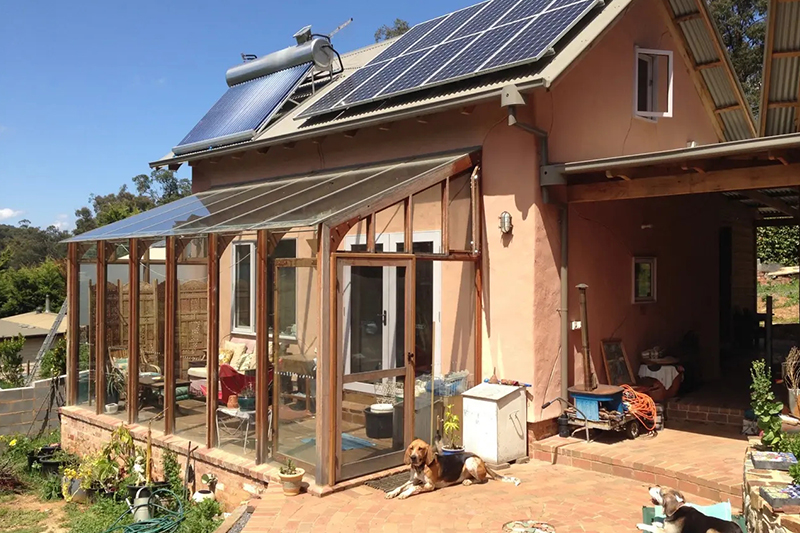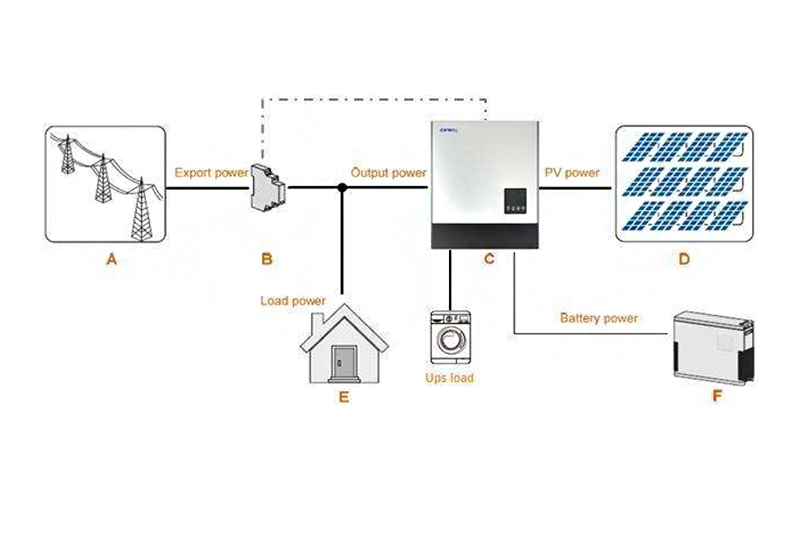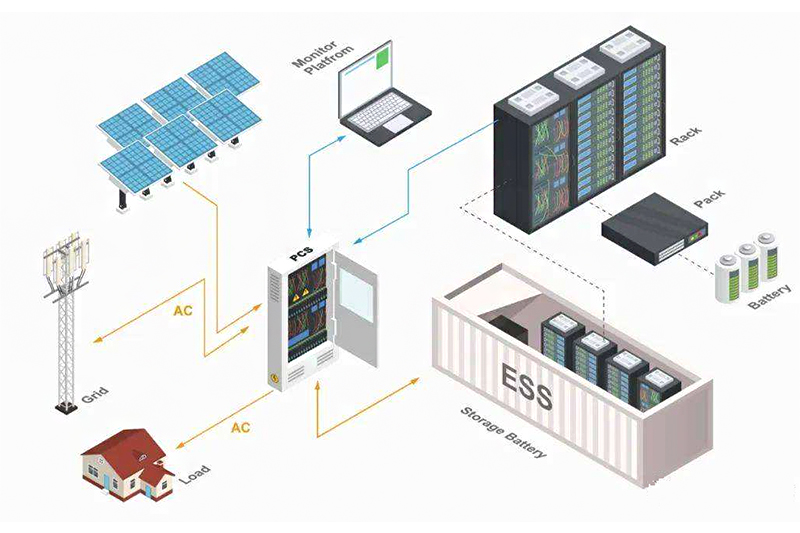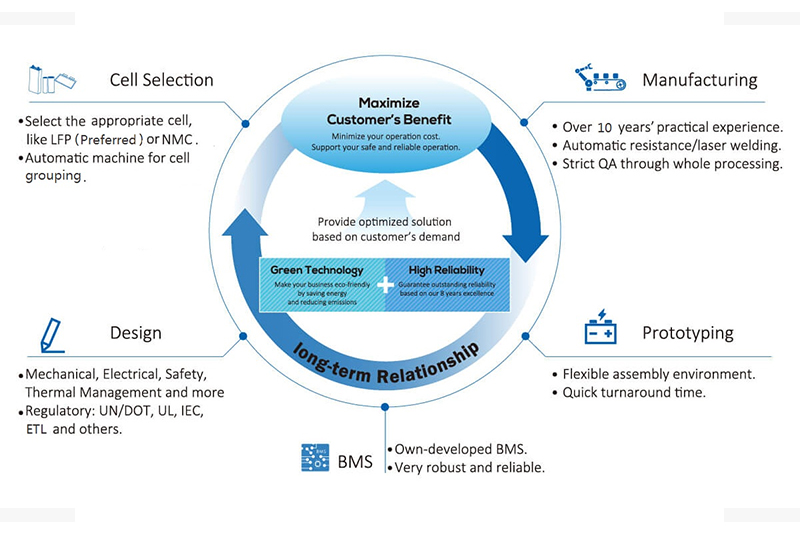Research believes that the deployment of a 2-hour BESS will achieve higher
economic returns
According to a survey report released by Lawrence Berkeley National
Laboratory (LBNL) a few days ago, energy developers who hope to deploy renewable
energy power generation facilities with battery energy storage systems may now
have a variety of configurations to choose from.
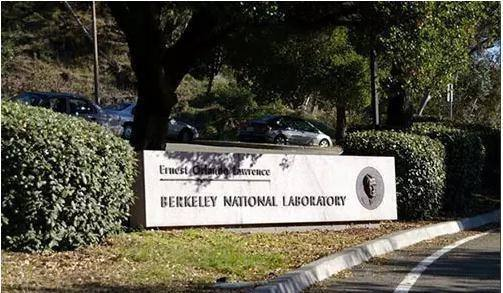
The research team modeled multiple potential combinations of battery energy
storage systems, power generation and interconnection options, 46% combined with
existing investment and production tax credit (PTC) incentives, which is
attractive in terms of economic returns force. Cristina Crespo Montañés, one of
the authors of the survey report, stated that if there is no production tax
credit, only 20% of the allocation would be profitable.
Studies have shown that the use of a battery energy storage system with a
short continuous discharge time (especially 2 hours) can provide the highest
economic return. Although the price of battery energy storage systems continues
to fall, their costs still exceed the potential energy benefits.
The report pointed out that the deployment of battery energy storage
systems with renewable energy power generation projects is an increasingly
popular option-36% of solar power projects connected to the grid in 2020 will be
deployed with battery energy storage systems. However, under recent market
conditions, not all combinations of renewable energy power generation facilities
and battery energy storage systems can be profitable. Although the price of
lithium batteries suitable for use in this type of energy storage products,
especially lithium iron phosphate batteries, will continue to decline in the
long run, they will fluctuate greatly due to the impact of the epidemic and the
supply chain in a short period of time.
The researchers simulated a large number of potential combinations
available to energy developers today-combining different specifications of
batteries, inverters, interconnection options, in addition to types of power
generation. The researchers also provided the model with 2012-2019 market data
from seven independent system operators in the United States to verify which of
these configurations performed best in real-world scenarios.
According to the analysis of the laboratory, solar power generation
facilities and wind power hybrid projects can obtain the greatest economic
return when they are deployed with an energy storage system with a continuous
discharge time of 2 hours. The increase in the installed capacity of the energy
storage system and the scale of interconnection has the greatest impact on the
potential benefits of the project, second only to the continuous discharge time
of the battery energy storage system.
Will Gorman, one of the authors of the survey report, said that in general,
the best-performing hybrid configurations in this model are those designed to
take advantage of peak power demand periods to offset the relatively high cost
of lithium-ion battery energy storage systems. For example, adjusting the scale
of hybrid deployment energy projects to allow simultaneous discharge of battery
energy storage systems and wind power generation facilities or solar power
generation facilities proved to be a successful combination.
The report pointed out that US energy developers also showed a preference
for the deployment of battery energy storage systems with a shorter continuous
discharge time. Most of the deployed energy storage systems have a continuous
discharge time of 1 to 4 hours.
Gorman pointed out that long-term battery energy storage systems are facing
some challenges, and this may be the reason why most long-term energy storage
projects focus on seeking alternative lithium-ion battery energy storage
systems. This does not mean that long-term battery energy storage systems are in
It will not occupy a place in the future power grid.
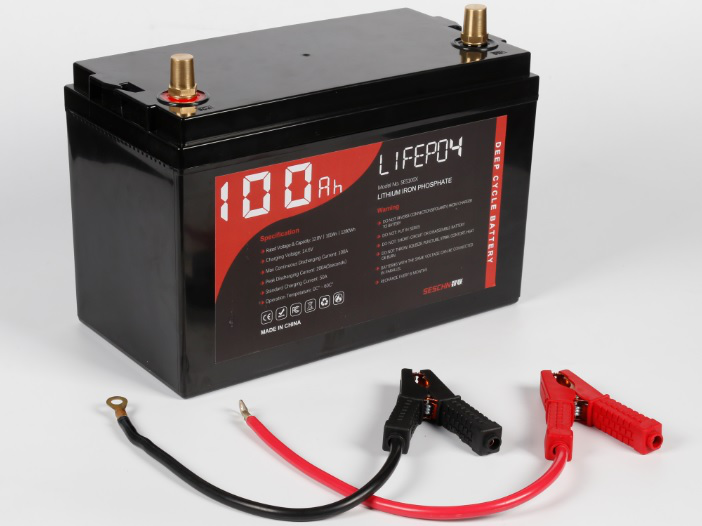
Lithium-ion battery (LIB) has become the main energy storage solution in
modern social life. Among them, lithium iron phosphate batteries are a perfect
replacement for lead-acid batteries, and they are the first choice for
grid-connected peak shaving, off-grid energy storage, photovoltaic energy
storage, UPS, data center and other industries.
Solar power generation system with lithium battery energy storage system is
a very promising clean energy.












